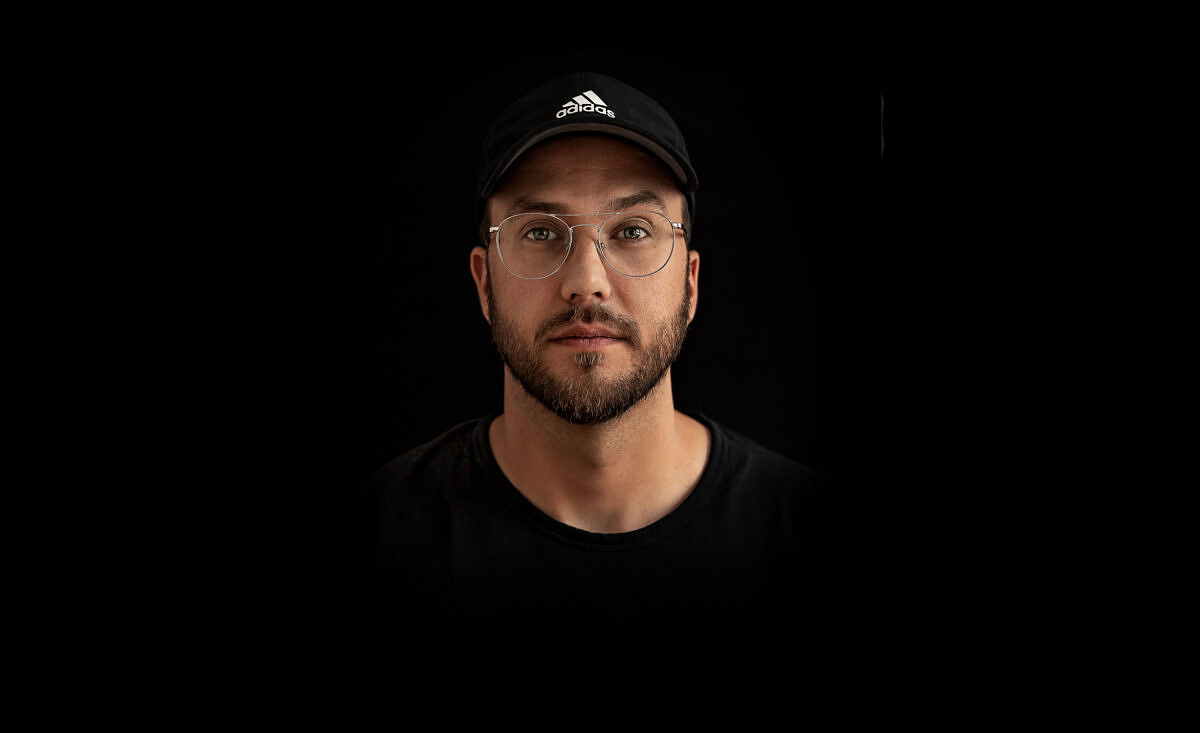Why you should use influencer marketing on LinkedIn
The business network LinkedIn is in a state of dynamic development. B2B marketing is the name of the game here, not least due to the numerous B2B influencers it has to offer, who have extensive reach. But how does the business that has been ascribed to the B2C market for so long work on LinkedIn? And what does the future hold for the network?

Social media and influencer expert Pascal Wabnitz evaluates the future perspective for LinkedIn quite clearly: “Rosy!”. With his agency Le Buzz Studio, he helps brands increase their visibility, mediates partnerships with B2B influencers, and assumes responsibility for community management and LinkedIn ads for companies. We spoke with him about the possibilities of B2B marketing on LinkedIn.
Pascal, we often hear or read that “LinkedIn is the new Facebook”. What do you think distinguishes LinkedIn from Facebook, Twitter, etc.?
Clearly the business focus. Unfortunately, not all users respect this and flood the platform with “cat content” and the like every now and then, but that’s just the way things are. However, LinkedIn is a true powerhouse as a networking, lead generation and news platform, if you are not only interested in journalistic news. Otherwise, LinkedIn naturally helps people exchange information on business topics worldwide and sometimes even find a new job.
In your experience, what kind of content works best on LinkedIn?
Of course first of all, good content is always needed that creates added value, stands out from the crowd, etc. Videos are becoming more and more popular and you can also attract attention really well using live content at the moment. Other nice format ideas include uploading PDF documents as step-by-step instructions or explanations of topics.
"A recommendation by a B2B influencer for a product or service is not only worth more to many, but can also lead to high - sometimes six-figure - sales."
B2B influencers are playing an increasingly important role in digital marketing. This also applies to other industries. What can companies achieve with LinkedIn influencers?
Additional visibility, authentic content, real testimonials. And, depending on the influencer, they can also gain great unique content. A recommendation by a B2B influencer for a product or service is not only worth more to many, but can also lead to high – sometimes six-figure – sales. B2C influencers from the food, travel or fashion sectors, on the other hand, rarely penetrate such regions for each lead.
What are the other differences between B2B and B2C influencers?
B2B Influencers are much more difficult to win over for a partnership because, in contrast to conventional B2C Influencers, they attach much more importance to their reputation – especially in the business networks Xing and LinkedIn – and are not as easy to tempt with money. Money is often not even an issue at all, but the passion for the brand, its products or its services.
How should companies go about building their reach on LinkedIn?
In general, nothing else is needed than with platforms that are more focused on B2C activities:
- to remain active on a regular basis
- to network in a meaningful way
- to use tagging and hashtags
- to produce and publish content that offers added value
- to utilize the available features, whether skills, recommendations or LinkedIn groups
- to at least work with images or, better yet, with videos or live content from time to time
And of course to maintain your own profile well in general, including suitable and valuable profile and cover images as well as a good biography.
You mentioned using hashtags. For a long time that wasn’t an issue at all on LinkedIn. Has that changed?
Definitely, because they are becoming much more important and a way to increase reach in the long run, even if you don’t know in detail how the LinkedIn algorithm works. Hashtags are being used more and more frequently to search for specific topics including trends like #AR or #VR for example.
What do you consider to be absolute LinkedIn faux pas?
Oh, I could list dozens of things I see every day, not only in marketing to people outside of marketing, but also from CMOs of large corporations. Here are my top five:
- liking your own posts
- posting content without a (preview) image, so that only cryptic LinkedIn URLs are displayed
- profile and/or cover photos that still show a previous employer, sometimes even after years of working at a new job
- incomplete profiles, some of which even lack biography information
- content adopted directly from other networks without modifications
And who do you consider to be the top influencers on LinkedIn? What do they do particularly well?
That depends on the subject. In the area of social media news, I highly recommend Matt Navarra from Great Britain, for example. Matt was the Director of Social Media at the international tech platform TNW. He is very well networked and informed about updates regarding all the social media networks. I also follow many lesser-known influencers on LinkedIn, who present various topics from tech and design to entrepreneurship and employer branding.
Numerous influencer marketing agencies have developed in recent years. Why is entry into B2B marketing a challenge for many, despite expertise?
Adapting B2C know-how directly to B2B topics and customers is a big challenge for many of these agencies. That doesn’t work, because people just function differently in this area, as do the fans or followers of B2B influencers. This starts with briefings and contracts that have to be adapted and ends with joint actions and campaigns that need to be thought through and implemented differently. But this challenge is also fun and separates the wheat from the chaff within the discipline.
The bottom line
Opinion leaders on LinkedIn distinguish themselves through extremely high credibility and trustworthiness. If used correctly, companies can take advantage of the trend and boost their sales through partnerships. Both the LinkedIn and the B2B influencer boom are still fresh and therefore there are many potential pitfalls and sources of error. In the case of a lack of know-how, companies should rely on the help of external agencies. However, it is important to carefully choose your experts.





